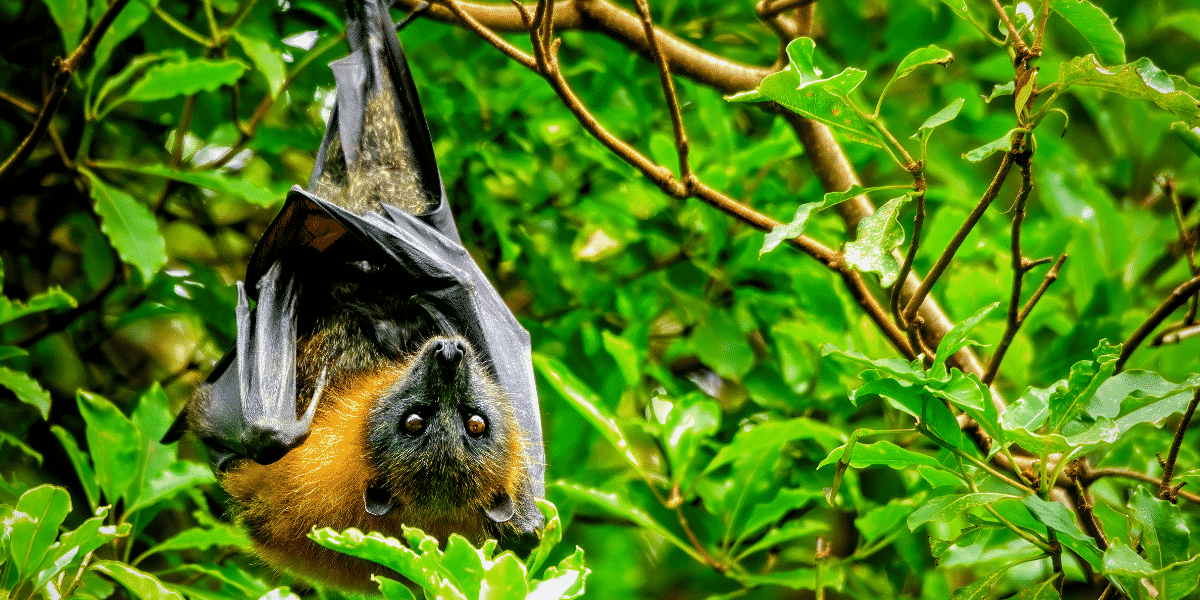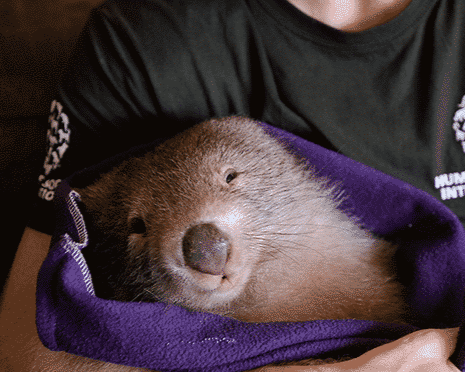Australia’s native animals are protected by law — but that protection comes with caveats. Across every state and territory, permits are routinely issued that allow property owners to kill native wildlife. Known in many jurisdictions as “damage mitigation permits,” these licences have quietly sanctioned the deaths of millions of animals...
Humane Society International is responsible for the scientific nominations behind some 73 species and 37 ecological communities that are listed as nationally threatened in Australia. These listings are the result of more than two decades of persistent research efforts and we’re far from done yet.
Having accurate conservation statuses recognised in law is essential for good decision-making and the prioritisation of resources. If we want to protect and recover nature we need a clear picture to help guide our actions.
Once a species is nominated, a government-appointed (though independent)scientific committee assesses whether the species meets one or more of several criteria for listing as either Vulnerable to extinction, Endangered or Critically Endangered.
During a thorough assessment the committee seeks the views of other scientists and stakeholders and then passes a recommendation to the environment minister as to whether a species or habitat should be listed. Politics should not get in the way and the species should be listed according to the science.
When a species or ecological community is listed, they receive better protection from inappropriate developments and their recovery is prioritised according to our current national environment law, the Environment Protection and Biodiversity Conservation Act 1999 (EPBC Act).
In some (far too few in our view) instances a Recovery Plan is then prepared which the nominating organisation, conservation community and the public have the opportunity to comment on to ensure that the plan, if put in place, will improve the status of the species or ecological community as best it can.
But just because a species is listed, it’s sadly not guaranteed protection. HSI has to remain vigilant to see that threats are reduced and recovery is achieved well after listings.
We are continually advocating for the improvement and enforcement of the laws that are meant to protect at-risk animals and their habitats from further harm.
As a donor-funded organisation, we are so grateful for our supporters making all this work possible!
Case study: Grey-headed flying-fox

The grey-headed flying-fox, one of the largest bats in the world, covers a huge range along Australia’s east coast from North Queensland to South Australia. They provide pollen and seed dispersal for the more than 100 species of flowering and fleshy-fruited trees and are essential to forest and woodland health. Grey-headed flying-foxes are also of great significance to Aboriginal people.
Flying-fox roosts are increasingly surrounded by urban development, and since they are sadly not loved by everyone, local councils often make decisions to evict them from their homes with distressing disturbances.
The path to protection…
- In 1999, HSI made a scientific nomination to list the grey-headed flying-fox as a Vulnerable species. Scientists had observed concerning declines in numbers primarily due to habitat destruction.
- In late 2001, a Vulnerable listing was officially made. Frustratingly, grey-headed flying-fox foraging and roosting habitats continued to be lost and degraded (mostly due to human encroachment) after this point.
- In 2006, the Australian government released a Draft Recovery Plan for the grey-headed flying-fox. HSI provided comments on the plan and despite significant government delays, we stayed on the case, commenting again and urging for its completion in both 2009 and 2017. More than a decade of recovery potential was lost through largely unnecessary bureaucratic delays.
- In 2019/20, the Black Summer bushfires affected large areas of grey-headed flying-fox foraging habitat. We’re still unsure of just how severe the impact of these losses will be for the fruit bats due to their wide-ranging and often remote feeding habitats, but initial analysis suggests the hit to this generation will be felt for many to come. We once again advocated for increased protection for remaining habitats, and supported many flying-fox rehabilitators directly with funding for their care.
- In 2021, just months ago, a National Recovery Plan for the Grey-headed Flying-fox was finalised and is now in effect.
The work continues…
In the decades since their listing, HSI has frequently opposed flying-fox ‘dispersal’ actions and fought to raise the political will to use environment laws effectively and save the habitat patches vital to the survival of these threatened species. With grey-headed flying-fox’s Vulnerable status properly recognised, we’re able to better fight for these decisions.
Even with a Recovery Plan and Vulnerable listing in place, unacceptable ‘control’ and disturbance of grey-headed flying-foxes is still occurring. HSI (and others) had enormous success after several years of efforts in finally seeing shooting in NSW orchards ceased on July 31 this year – an achievement we are now looking to replicate in Queensland. So we must continue to advocate for these unfairly maligned animals at every opportunity and keep a careful eye on their trajectory.
Case study: Australian sea lion
.jpg)
The Australian sea lion is our only endemic sea lion, which means it is unique to Australia. It is one of the most endangered sea lion species in the world, with an estimated overall population of just 10-12,000 individuals.
Historically, the main threat to the Australian sea lion was commercial hunting which ended in 1949. Even though this hunting seems a distant memory more than 70 years down the track, the truly shocking numbers of animals killed left the population in a critical state.
The path to protection…
- In 2005, the Australian sea lion was listed as Vulnerable under the EPBC Act.
- In 2010, the management responses the Australian sea lion needed were not eventuating so HSI fought and won a long battle which included court challenges to get a comprehensive management strategy in place off South Australia. This strategy saves hundreds of Australian sea lions from getting caught and killed in fishing nets each year and has resulted in a dramatic reduction in the number of sea lions killed by gillnets.
- In 2016, the threat of fishing was beginning to be addressed but it was clear populations were still sliding. So HSI made a scientific nomination to increase the Australian sea lion’s protection status from Vulnerable to Endangered. This was based on years of research and analysis which showed that population numbers were crashing by 50% every three generations, even with some action.
- In 2018, while the Endangered nomination was being assessed, we won a decade-long fight to establish a series of exclusion zones in Western Australia fisheries which would prohibit the use of gillnets by fishing operations in areas near established sea lion colonies. Many more sea lions were and are still being saved thanks to this win!
- Finally, in December 2020, the Australian sea lion’s protection status was officially updated to Endangered by the Federal Environment Minister based on HSI’s nomination and the scientific committee’s assessment. This uplisting will enable further protections to prevent extinction, and HSI sincerely hopes it will lead to greater investment in much needed recovery actions for the species. We’ll be watching.
The work continues…
As with the grey-headed flying-fox, our efforts continue. The protection of a threatened species like the grey-headed flying-fox or the Australian sea lion or indeed any Australian animal at risk, both iconic and lesser-known, requires constant vigilance to prevent extinction. It’s a long process but one that we’re committed to. We’re so thankful to our supporters who take action alongside us and generously donate to help fund this work.
To get involved in protecting threatened species in Australia, you can check out our current actions or make a donation. Thank you for standing for animals with us!
Evan Quartermain is Head of Programs at Humane Society International and has been with the organisation since 2010. A member of the IUCN World Commission on Protected Areas, Evan is responsible for HSI’s terrestrial habitat and wildlife protection campaigns and programs, with particular focus on legislative reform, flying-foxes, dingoes, and habitat protection through Threatened Ecological Community and Natural Heritage nominations. He also has oversight of HSI’s Wildlife Land Trust and Emergency Response programs.


